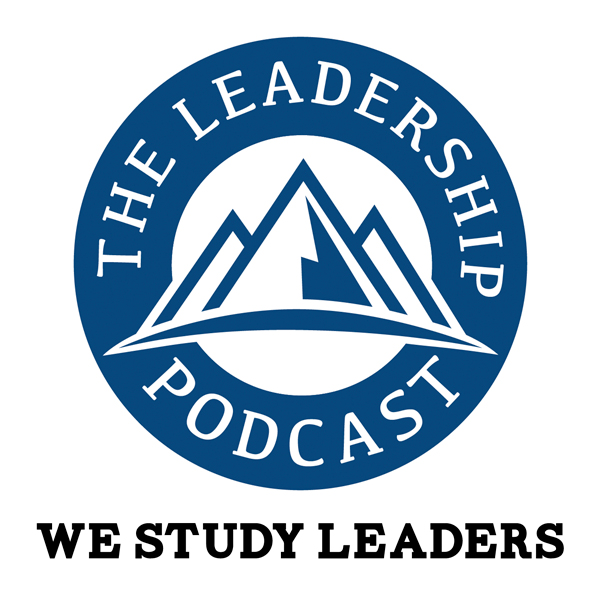I am preparing to teach a class in a few weeks called Communication for Change Management where my job as the teacher is to prepare students “to be effective change leaders in their organizations.” The description of the course says that we’ll focus on “understanding critical change dynamics, including organizational structure, phases, and roles.” Helping students become effective change agents is not something that seems appropriate for a letter grade, as the true test will be in tomorrow’s organizations. Rather than focus on externalities, I’ve been thinking more about what’s required internally regarding the “critical change dynamics.”
For leaders, we know that affecting positive change starts within, yet we tend to think that change is something you do rather than something you think. I wrote about change last year where I described the following internal pathways for affecting change:
1. Passion begets commitment
2. Vision is knowing where you’re going
3. Consideration is covering all angles (and contingencies)
4. Intention is putting thoughts to action
5. Planning is the “how”
6. Commitment is required when it gets hard
7. Sacrifice is giving up something to focus
8. Discipline is sticking with it
9. Action is the execution piece
10. Habit is the result of discipline and sacrifice
11. Character is built through the process of making a difference
Look again at the 11 steps outlined above. Now think about something you’ve tried to change and failed. Which step tripped you up?
Think about where you have been an effective change agent. Which step is your strength? Which step most needs your focus in order to change the way you think, approach others, and truly affect change? If you’re reading this, you’re probably the type of person that says “yeah” more than “nay,” and that means you keep adding things to your plate. Think hard about what sacrifice means. Now think about what sacrifice requires. It means giving something up so you can focus. However, that’s hard to do. How often do you take on more and more and still expect stellar results? Leaders do the same thing with the teams in their organizations, and can’t figure out way some many change efforts fail. You have to say no to things as an individual and as a leader, and that may be the hardest step of all.
Article first published as Change Management in 11 Hard Steps on Technorati.






